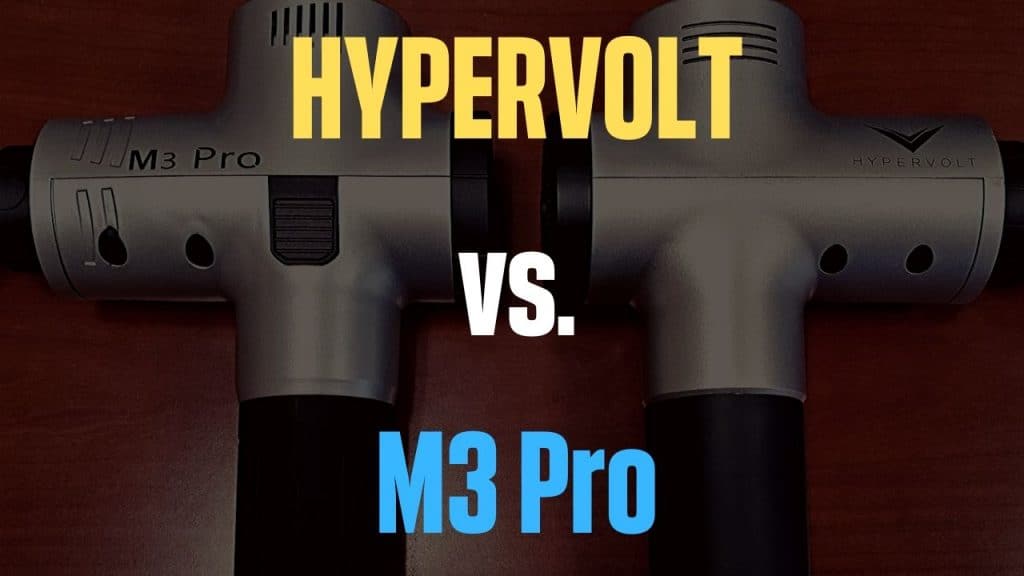Sitting down? Good. Focus on your leg, now swing your knee inward and outward.
Your piriformis muscle is one of the external rotators responsible for this simple yet frequent movement. This band-like muscle is responsible for keeping your hips in alignment and allowing your lower body to move and function properly.
When the piriformis becomes inflamed, tight or irritated, it presses on the sciatic nerve. The result is buttock pain, the same sort of tingling, numbness and ache that we all know from hitting our funny bone. But, this can persist for hours, days, even weeks.
So, to help make this important muscle happy, what can you do? Piriformis muscle massage perhaps? Maybe, but massagers beware!
What Is Piriformis Syndrome?
Piriformis muscle syndrome is a painful condition that occurs when the piriformis muscle spasms and irritates the sciatic nerve, causing sciatica-like pain. Though piriformis syndrome is responsible for about 5% of sciatic nerve compression, the two are not the same. What makes these conditions so similar is in fact related to biology.
There is an opening in the pelvic bone, called the sciatic notch, which allows the sciatic nerve to pass through from the spine to the leg. The piriformis muscle runs adjacent to the nerve before it connects to the upper leg, and the proximity is what can create the problem.
Piriformis syndrome has many of the symptoms of sciatica:
- A dull ache in the buttock
- Pain radiating down the back of the thigh, calf and foot
- Pain walking up stairs or an incline
- Increased pain after prolonged sitting
- Reduced range of motion of the hip joint
Is Massage Good for Piriformis Muscle?
The good news is that you can use massage as a way to manage and treat the symptoms. By doing so, blood is drawn to the area, which helps the muscles to loosen and tension to dissipate.
Because the piriformis is in quite a sensitive area, being along or around the sciatic nerve, it’s best to use gentle manipulations so as to not cause further issues.
A physical therapist might recommend that you use a foam roller or tennis ball. Ice and heat are also trusted tools for inflammation, and you can use either of them during your massage to help with the inflammation and ease the pain.

Foam Roller
- Sit down on the foam roller, with it parallel to your shoulders. Place your feet flat on the floor in front of the roller and your hands on the floor behind the roller to support your weight.
- Cross your right ankle over your left knee and turn your torso toward your right side so that most of your weight is on the right hip.
- Starting slowly, remove back and forth over the roller for about 1-2 minutes.
- Repeat on the opposite side.
Tennis Ball
- Sitting on the ground, place the ball under your left hip, and put your hands behind you to help lift your upper body weight.
- Cross your right ankle over your left knee.
- Using your hands to support your weight, roll the ball along the gluteal muscles to find a sore spot. Roll over the spot for one minute or until you feel relief.
- Repeat on the opposite side.
Remember, it’s always better to be too gentle than too intense. If you apply too much pressure, you can easily irritate the muscle further and worsen the problem. Always stop the massage if you notice that your symptoms are getting worse.
How Do You Do a Deep Tissue Piriformis Massage?
The answer is you don’t, or maybe rather you shouldn’t, especially when you’re performing a massage on yourself. As we said, when the piriformis becomes irritated, it can further irritate the sciatic nerve, which would just compound your symptoms.
You can, however, ask your massage therapist to do some deep tissue massage work on and around the piriformis muscle. Those trained in physical therapy and massage therapy are familiar with the biology of the area, as well as where and how the musculature fits together.
Remember – no pain, no gain isn’t really always the case, and if your therapist does work on the piriformis, pain doesn’t necessarily mean long-term benefits or healing. Always listen to your body and advocate for yourself.
How Do I Release My Piriformis?
Massage can be helpful to manage and potentially treat an agitated piriformis, but the tried-and-true way to fix the problem (excluding more rare cases) is to stretch. Your physiotherapist can create a physical therapy program, and if you don’t have access to manual therapy, you can make the following stretches a part of your routine:
Pretzel Stretch
- Lying face up on a soft surface, cross your right ankle over your left thigh.
- Using your hands, pull your left knee toward your chest for a gentle stretch.
- Hold for at least 20 seconds.
- Repeat on the opposite side.
Knee-to-Chest
- Lying face up on a soft surface, pull your right knees to your chest, keeping your left leg straight.
- Turn your right foot toward your left hip.
- Hold for about 20 seconds.
- Repeat on the opposite side.
Side-Lying Clam
- Lie down on a mat/soft surface, with the side you’re feeling pain in facing up.
- Bend your legs at the knee – your feet should be behind you and parallel to each other.
- Keeping your feet together and only moving your leg, lift the top knee toward the ceiling.
- Slowly return to the initial position. Repeat 15 times.
Bottom Line
Pretty much everyone experiences sciatic pain at some point, and though it can be challenging, it is pretty easy to get pain relief. By incorporating range-of-motion exercises into your daily activities, you’ll be feeling like yourself again in no time.


